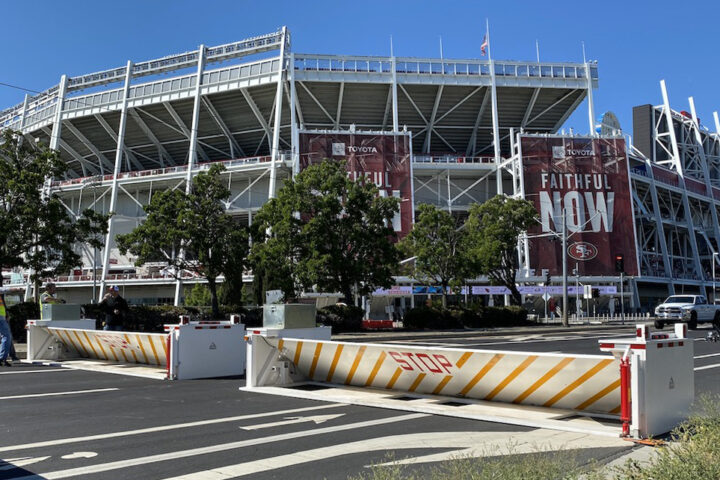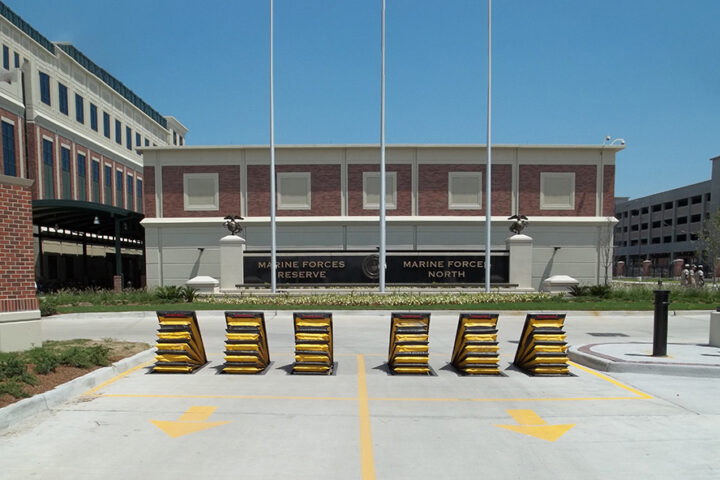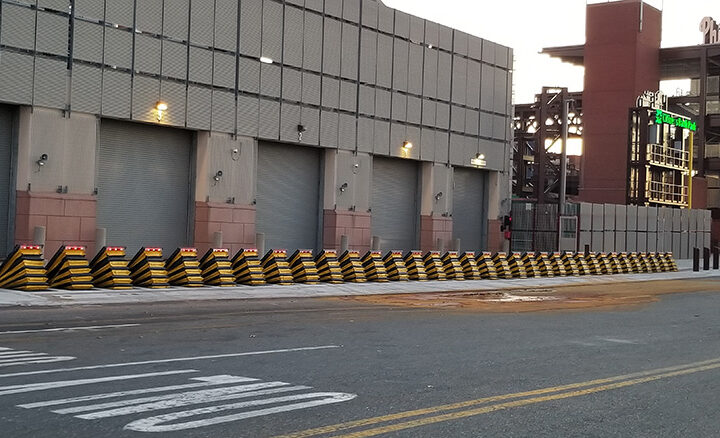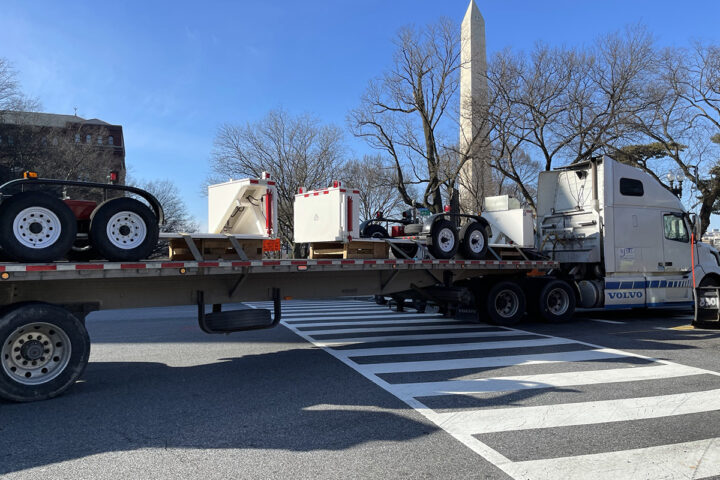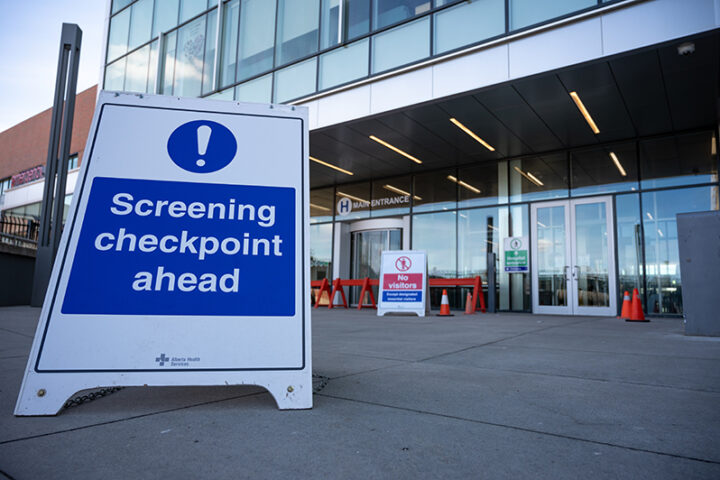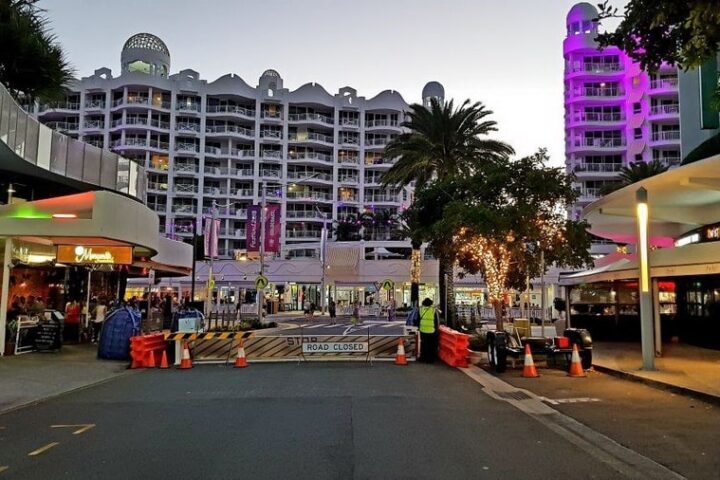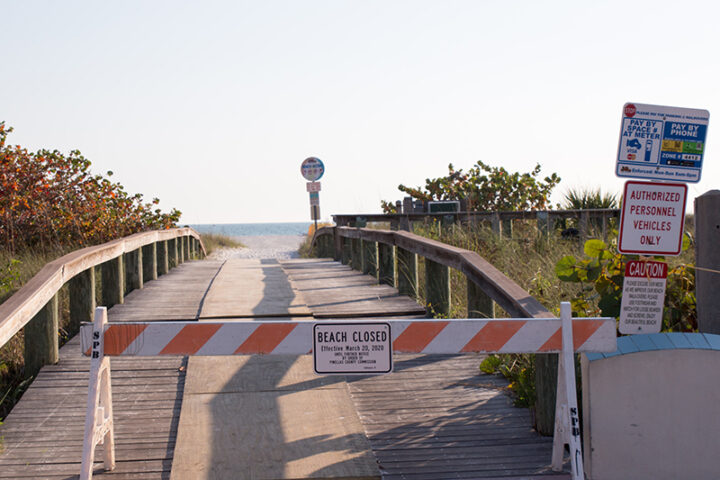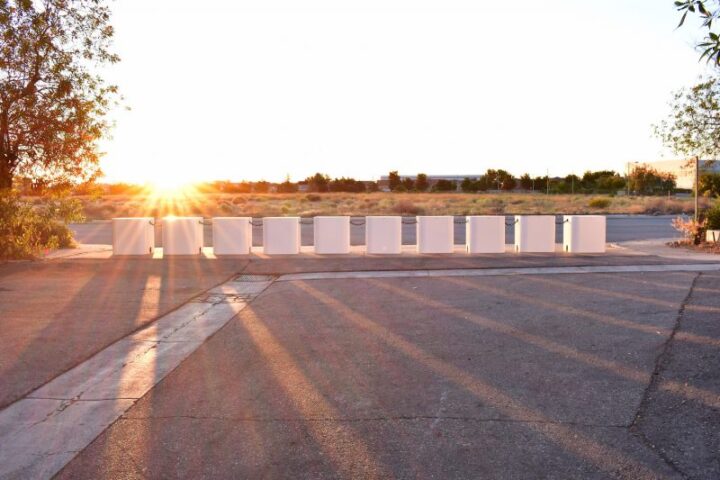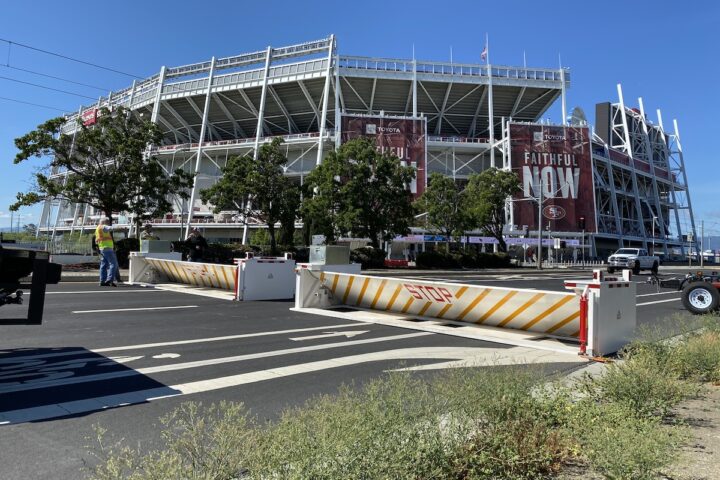All our security barricades, including our portable barriers, receive crash ratings based on testing showing how effective they are at stopping a 15,000-pound vehicle at certain speeds. For example, an M50 crash rating means that the barrier can stop a vehicle traveling 50 miles per hour, an M40 barrier is effective at 40 miles per hour, and so on.
Delta Scientific Has a Role To Play in Protecting U.S. Military Bases
United States military bases, both those on home soil and overseas, face a wide variety of threats. Unconventional operations, such as information warfare and cyber weapons, also include vehicle attacks. Such attacks could also affect civilians living on military installations, such as the families of service members. For decades, Delta Scientific has been at the forefront of physical security for military facilities. In that time, our barriers have never failed to neutralize an attack.
How Delta Scientific Products Enhance Stadium Security
Stadiums and arenas are entertainment venues that can hold thousands of people at one time. They most often host sporting competitions, but they are sometimes also the sites of other events, such as concerts. Gatherings of so many people make stadiums soft targets for violence and terrorism. Fortunately, Delta Scientific has a wide range of products that can help to enhance the security arenas or stadiums.
Lessons Learned From Capitol Insurrection
In October 2020, the United States Department of Homeland Security identified domestic terrorism and violent extremism as one of the most significant threats facing the nation. The FBI warns that it is the foremost terrorism threat of 2021. On January 6th, we all watched in horror as violent domestic extremists stormed the U.S. Capitol in Washington, D.C., while both houses of Congress were in session.
Testing Sites, Other Outdoor Areas Need Temporary Barriers During COVID Restrictions
Portable Barriers Protect Voting Sites on Election Day
Voting is a precious right; the core of our democracy in the United States. Officials for the 2020 election continue to face challenges related to the COVID-19 pandemic and the possibility of foreign cyberattacks. Election boards contending with these legitimate concerns should not neglect the physical security of each polling location.
The Art of Separation
Ensuring public safety should always be the driving force of security. Protecting both people and property from an attack can take more than rudimentary safeguards like fencing and traffic barriers. Mass demonstrations such as protests can put security teams at odds with these goals, but when intensive measures are taken, the response can project a tone of intimidation instead of protection. With the right tools and excellent preparation, any location can be ready to both safeguard people and property while also maintaining an air of professional authority.
Handling Closings and Restrictions Through the COVID-19 Crisis
As the pandemic continues to wash over the country, state and federal parks and services are drowning in closures and occupancy restrictions. Unfortunately, citizens are looking for solace away from quarantine procedures in the majesty of nature. This puts undue strain on the National Park Service that wasn’t designed for long-term regulations to minimize exposure. Fortunately, there are many ways that location managers can mitigate the disruption in service with either temporary or permanent barrier systems. Using simple methods to upgrade security procedures can help facilitate easier transitions as these places are reopened to the public.
Security When Space Is at a Premium
Security teams and building designers have long had to deal with an important balancing act. Pedestrian safety is important, but oftentimes it comes at the cost of aesthetics. In addition, with the advent of social distancing, creating pathways for high foot traffic areas is an even greater challenge.
Protecting Pedestrians and Property Amidst Protests
The right to state an opinion is something that many Americans hold dear. When many voices call out in unison, the results can turn into a security nightmare. Even locations where high pedestrian traffic isn’t normally a concern need to have a plan in place to handle massive protests. Local authorities may be in charge of keeping the peace, but there are many steps that professional security teams and designers can take to ensure the safety of people and property under their care. Using both fixed and portable units, any location can be prepared for demonstrations in ways that keep everyone’s safety at the forefront.

